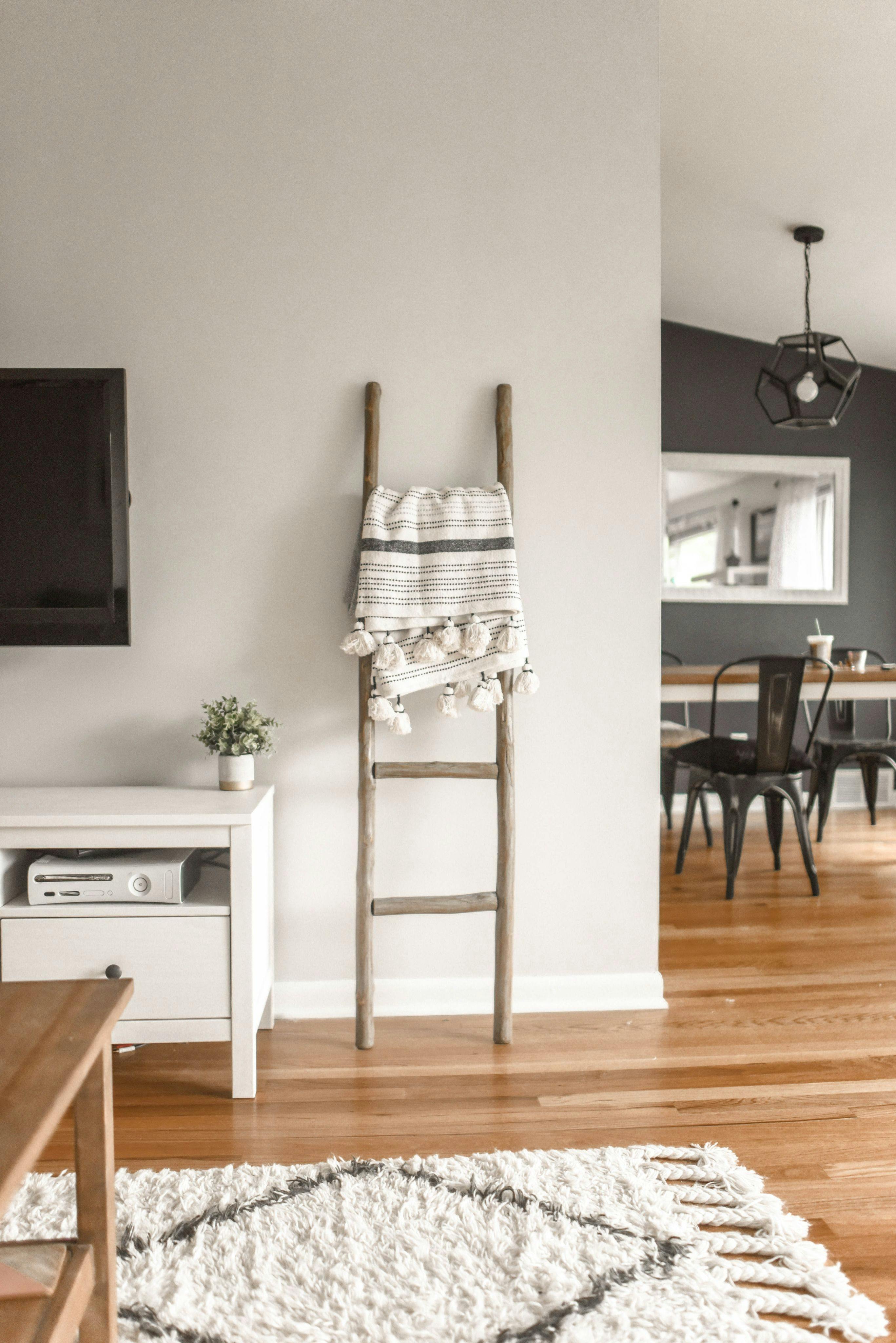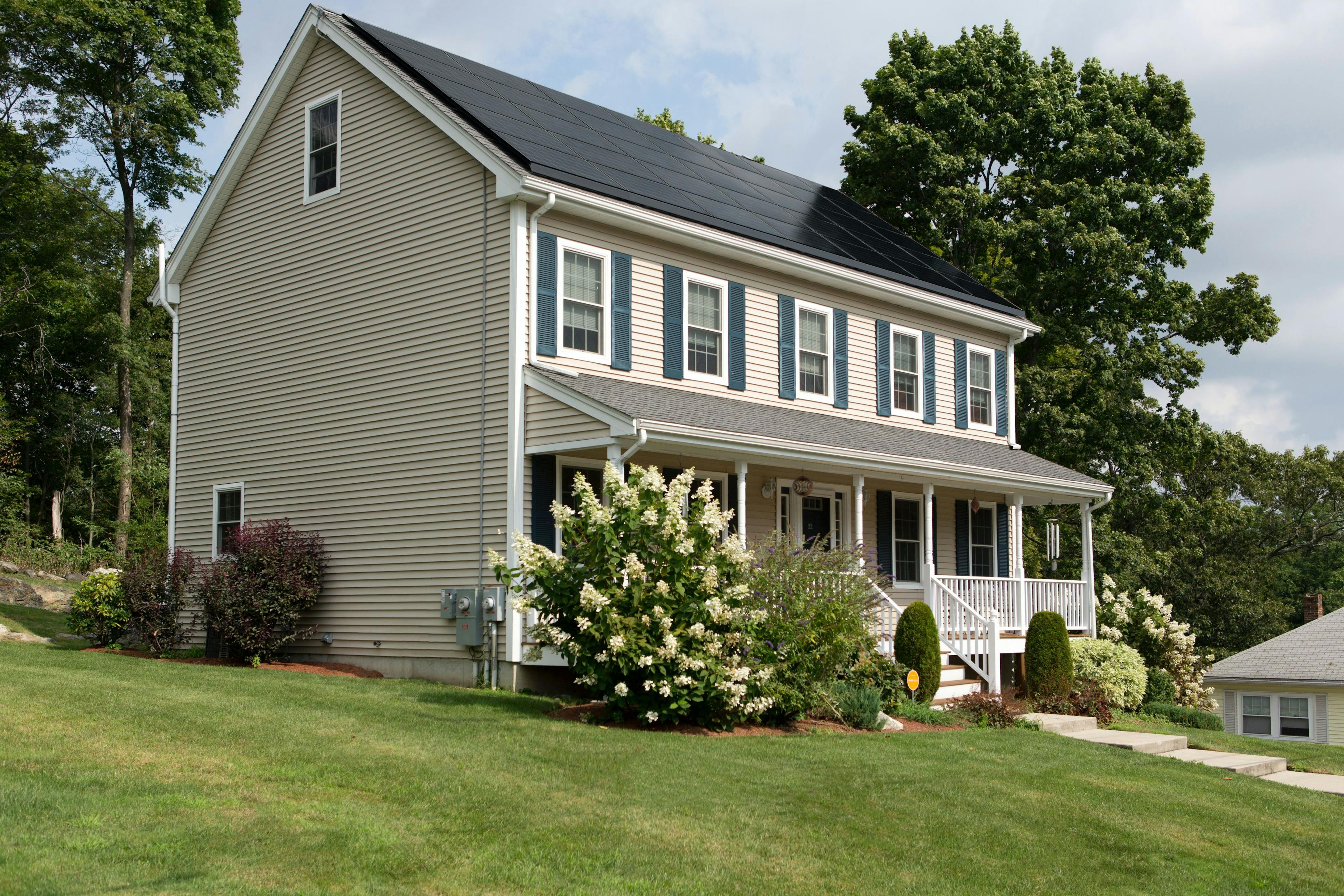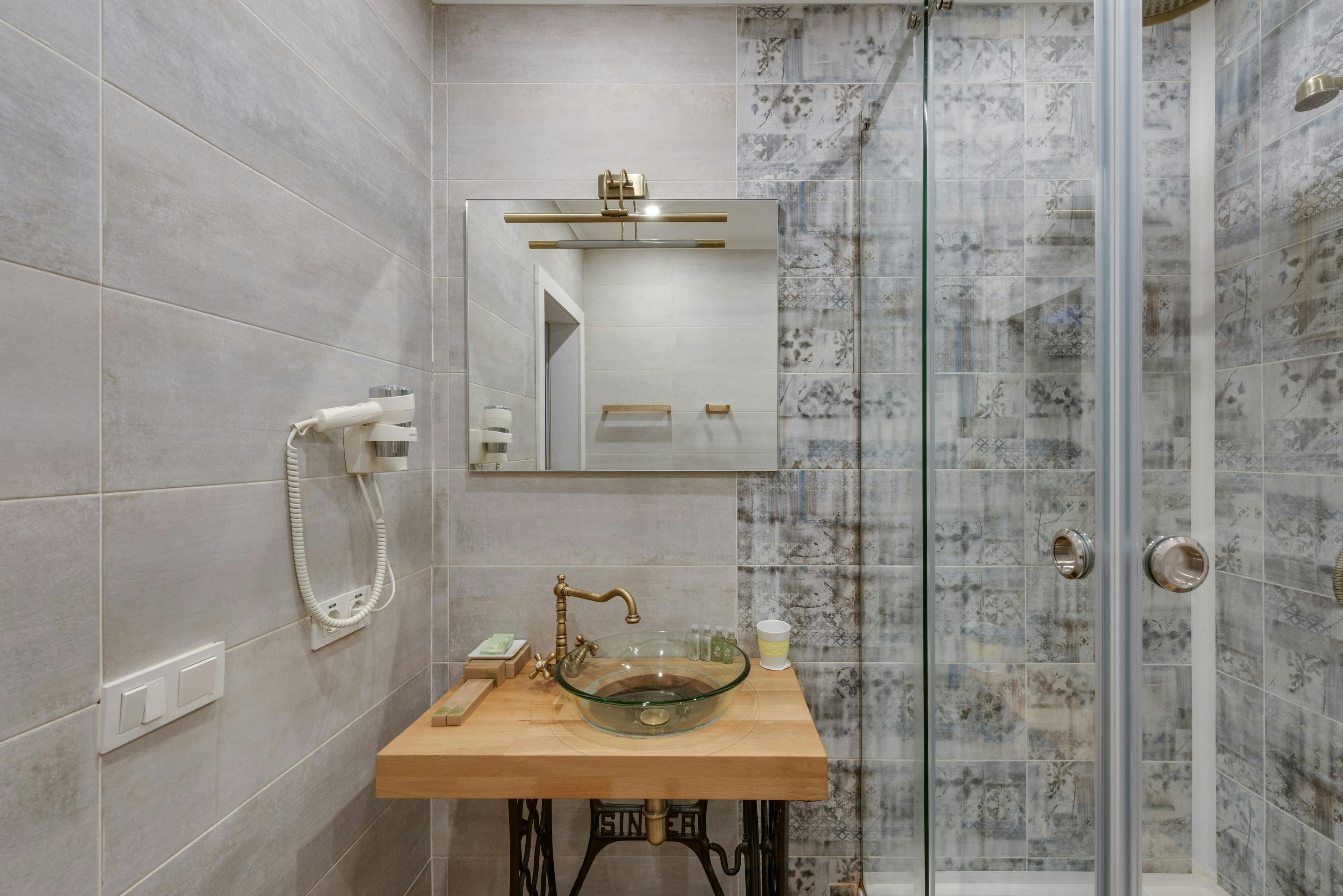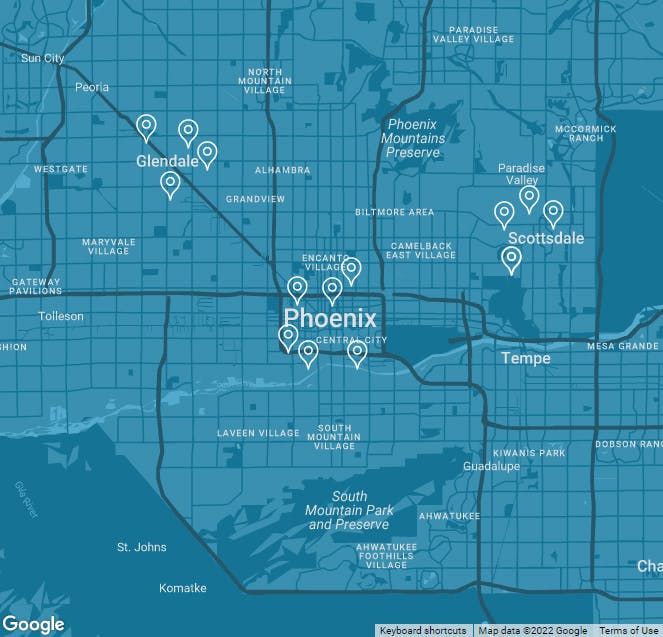The data we care about!

Days on market (DOM) is the number of days from the date in which a property is listed for sale until the date when the seller accepts an offer on the property.
Agents that get homes under contract quickly are motivated, they typically have a larger sphere of influence and are better connected than average agents. These agents also tend to be more organized and effective at negotiating.

The sale-to-list price ratio is the final sale price divided by the last listing price for which the home was offered.
Top real estate agents that sell homes for more than “average” agents are keenly aware of local pricing trends…they are also excellent marketers that tend to emphasize providing high quality staging and photography.









Simply put, transaction volume is the number of transaction sides that an agent completes over a specified period of time. We look at agent transaction volume over the last 12 months and over the agent’s lifetime.
Being a good real estate agent doesn’t tend to come naturally. Every transaction carries with it a unique set of barriers that the agent must overcome. Agents that sell a lot of homes have overcome a tremendous number of transaction obstacles.

Successful Realtors® tend to focus on specific market areas. This is obvious when you consider how difficult it would be for an agent to sell homes that are not conveniently located to the where the agent resides.
When we make a match it’s critical that the agent is experienced selling homes just like yours. We go to great lengths to connect top agents to homeowners based on a variety of datapoints – but having a strong focus on the geographic dispersion of past sales is paramount.


with a value between.

When two assets are roughly equal in value they are said to have parity.
The value of your home matters because many top performing agents tend to work within defined home value ranges. An extreme example of why this is an important consideration: You wouldn’t hire a luxury agent that sells multi-million dollar homes to sell a property worth substantially less. That transaction isn’t going to go well for anyone.

While any agent can apply for consideration, only agents that meet our exacting requirements are connected with our clients.
Our objective is to consistently improve transaction outcomes. By staying true to our production thresholds and quality benchmarks we consistently outperform “average” real estate agents year after year. Since we manually review so many qualitative attributes we are frequently able to rule out anomalies. As an example, agents that work for home builders often have what appear to be fantastic track records – the problem is that they are sitting in a sales office in a new neighborhood selling a standardized product. An agent like this wouldn’t make it past our research team.

An agent’s on platform success rate is critical to ensuring that they get the job done for you.
Lets be honest, you aren’t on this website for fun – you’re here for help. We track how well our agents engage with our clients, how frequently they are able to help them buy and sell and how quickly they get the job done. This ensures that you get a motivated agent that’s ready to make your housing dreams come true.



%20Alt.jpg&w=3840&q=75)

